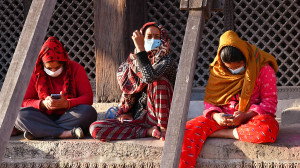Culture & Lifestyle
In ‘Swasparsha’, literature becomes Nepal’s most accessible medicine
Drawing from real experiences in Karnali, Dr Nawaraj KC’s work transforms individual suffering into a shared narrative of resilience, compassion, and emotional recovery.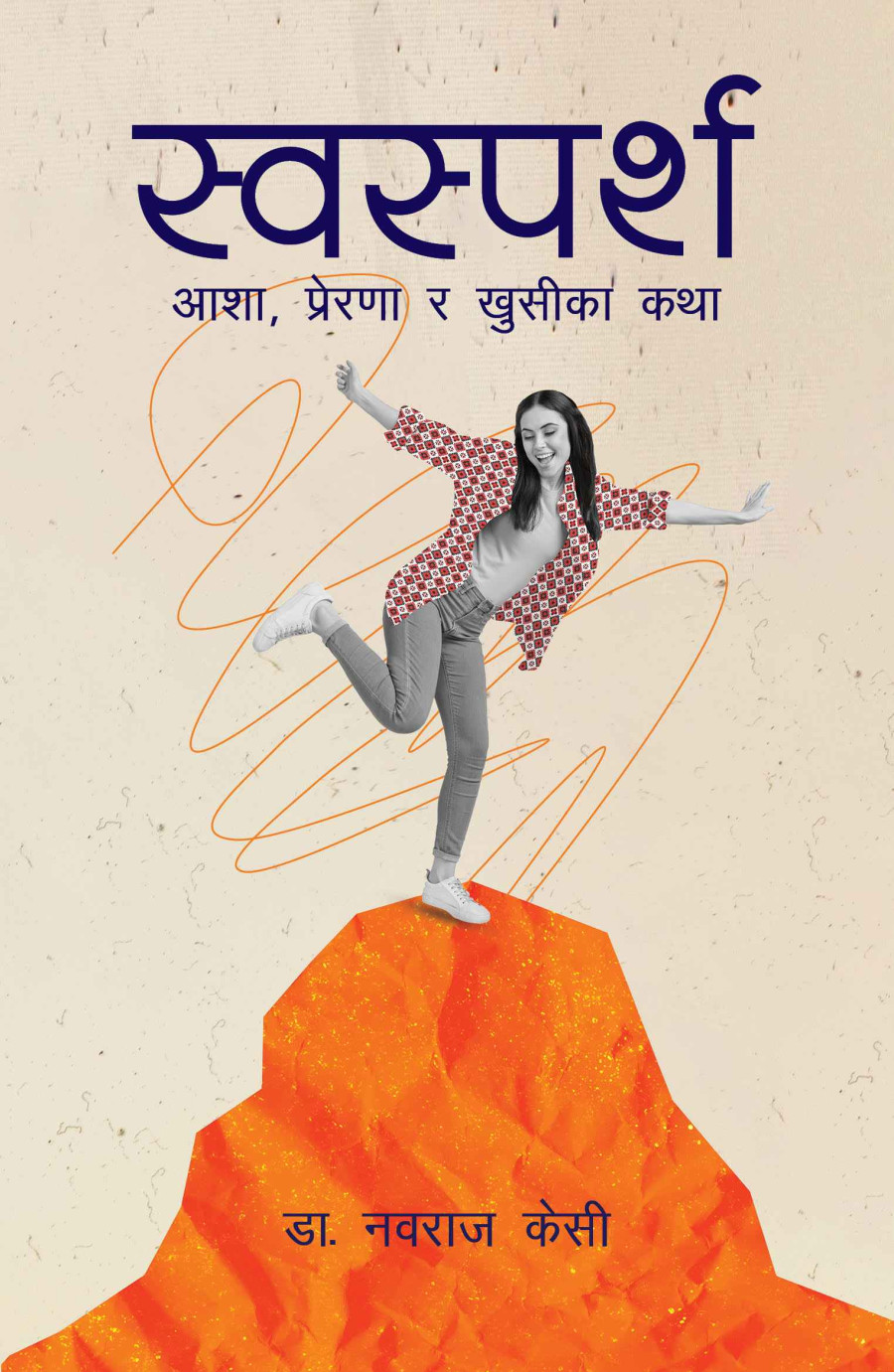
Dr Yadu Prasad Gyawali
In the landscape of modern Nepali literature, where new releases often rely on predictable hype, a work has quietly emerged from the country’s rugged outskirts that invites a fundamental rethinking of what a book can accomplish. Dr Nawaraj KC’s ‘Swasparsha’ (self-touch) is more than just a collection of stories; it represents a deep exploration into what must be recognised as literary-medical practice. It deliberately blurs traditional lines between the roles of writer and healer, suggesting that literature itself acts as an essential tool for social diagnosis, community therapy, and cultural renewal.
Dr KC, a committed pediatric specialist deeply rooted in Karnali, bases his book on the real experiences of the people he has met: patients, families, and individuals from a region that often exists only as an abstraction in the national consciousness. The book’s structure—divided into ‘Self-struggle’, ‘Self-discovery’, and ending with ‘Self-touch’ or ‘Self-healing’—is very important. This division reflects the stages of psychological recovery, guiding the individual from a state of isolated pain toward acceptance and shared communal experience.
The real strength of ‘Swasparsha’ lies in its deliberate use of clear, simple, and sincere language. This isn’t an error, but a thoughtful tactic that aligns the form with its goal. By deliberately avoiding academic jargon and literary pretensions, Dr KC crafts a narrative that resonates with a niche literary audience and the broader human experience.
This choice ensures a highly democratic and inclusive reading experience. The reader is not a passive observer of a text but an active, empathetic participant in a shared journey of understanding. Widespread reading and discussion of relatable, authentic stories directly help promote emotional literacy and regulation nationwide, addressing a critical need identified by mental health advocates facing widespread socio-political instability and economic hardship.
This collective catharsis, achieved through an accessible narrative, is essential for fostering a culture of emotional intelligence that supports a stable society.
The geopolitical wounds
The stories in ‘Swasparsha’ are rooted in the harsh, measurable realities of Karnali Province. To grasp the book’s healing power, one must first recognise the massive scale of the crisis it describes. Dr KC’s emotional issues are not random health problems; they are clear, physical signs of systemic neglect and ongoing instability.
Karnali Province faces some of Nepal’s biggest development challenges, ranking lowest among provinces on several key indicators. According to the National Planning Commission’s Multidimensional Poverty Index, 39.5 percent of Karnali’s population lives in multidimensional poverty, the highest rate nationwide. This ongoing struggle is closely tied to the region’s significant psychological harm.
Data from the National Health Research Council shows a troubling level of distress: 42 percent of people in Karnali suffer from anxiety, and 23 percent suffer from depression. These official numbers reveal that the emotional burden is not just occasional but widespread—a deep societal wound affecting nearly half the population.
Economic and policy failures compound this crisis. The high prevalence of anxiety and depression is exacerbated by factors like the pressure of migration for foreign employment, which disrupts social structures and creates a further mental health burden upon return. The systemic nature of this suffering compels a shift in perspective: the widespread chronic anxiety and depression must be understood not as individual psychological failures but as a form of post-traumatic stress disorder.
Dr KC’s work thus shifts the clinical gaze from asking, “What is wrong with the patient?” to challenging, “What trauma is the system inflicting upon this region?”
The significant gap in clinical services underscores the importance of ‘Swasparsha’ as a social solution. Nepal’s mental health policy, adopted in 1997, remains largely unimplemented, with minimal funding.
Swasparsha as a therapeutic instrument
Dr KC’s most significant contribution is his unique methodology, in which the physician acts as an autoethnographer, using professional encounters not just as case studies but as entry points into the community’s collective psyche. This approach enables the book to serve as a highly personalised therapeutic tool.
The deconstruction of symptom
The physician’s gaze, sharpened by years of experience, reaches beyond the clinic walls to identify and explore the social roots of physical symptoms. The compelling story of Garbe Dai illustrates this approach: a patient with hand tremors is usually diagnosed based on the physical signs. However, Dr KC reinterprets the tremor as a metaphor for a deeper issue; it’s the physical sign of ‘a lifetime of unacknowledged grief, unmet needs, and systemic socio-economic struggles’ that the body can no longer suppress.
This method is important because it challenges the tendency to medicalise social suffering, a practice often criticised in global mental health efforts that overlook social and cultural factors. Dr KC emphasises the social origins of physical pain, shifting the focus from the individual’s body to the broader societal context.
Indigenous bibliotherapy and shared humanity
‘Swasparsha’ functions as a powerful form of indigenous bibliotherapy. The use of literature to enhance mental and emotional well-being through empathy and catharsis is closely aligned with Nepali cultural practices, where storytelling plays a key role in family life. The intergenerational processing of trauma, traditional Nepali healers such as dhami and jhankri, provide healing through symbolic transference, social support, and explanatory frameworks that help patients accept and manage distress.
The book mirrors this indigenous healing approach. Its narratives gently encourage readers to face their own suffering, offering an explanatory framework that individual pain is never truly isolated but part of a larger, shared human experience. By projecting personal suffering onto the pages, readers participate in a form of symbolic transference, finding deep comfort in the communal acknowledgment of their pain. This process represents an essential, culturally familiar pathway to care.
Metta and the journey to self-touch
The culmination of the book aligns strikingly with the principles of Buddhist recovery. The concept of metta (loving-kindness), which involves wishing happiness for everyone and cultivating inner compassion, has been identified as an effective tool for healing traumatic grief documented in Nepali texts, particularly those arising from conflict. The journey from ‘self-struggle’ to ‘self-touch’ illustrates the process of metta bhavana—expanding compassion to eliminate negative feelings and ill will toward others and, importantly, toward oneself.
In a community facing deep emotional isolation due to hardship, the book serves as a tool for emotional healing and reconciliation. It guides readers to accept their pain and show compassion, promoting self-healing. Since ‘Swasparsha’ uses storytelling techniques that align well with traditional indigenous healing methods, it functions as a highly scalable mental health solution. When clinical services are severely limited, a widely distributed and culturally acceptable book offers a form of shared narrative recovery, making essential therapeutic support accessible to all.
Cultural reclamation and literary decolonisation
Beyond its therapeutic utility, the book operates as a powerful act of cultural reclamation, challenging the historical marginalisation of Karnali in Nepali literary and political discourse.
Mainstream narratives often reduce Karnali to a static symbol of poverty and backwardness, stereotyping the region as ‘underdeveloped, exotic, and outlandish.’ Dr KC refutes this limited portrayal by focusing on the region’s complex reality and celebrating its rich oral traditions, resilience, and spiritual practices as vital living components of its identity.
The book avoids the trap of romanticisation by offering a nuanced depiction of the area’s struggles, such as the tensions between traditional healing systems (eg, shamanistic rituals) and modern medical knowledge. This reflects a dynamic region actively grappling with global modernity.
By asserting that the heart of the nation’s consciousness beats just as strongly in the remote highlands of Karnali as it does in Kathmandu, Dr KC advocates for a necessary decolonisation of the Nepali literary imagination. He transforms Karnali into a source of meaningful national wisdom and emotional importance, preserving and emphasising voices that have long been marginalised.
Strategic implications
‘Swasparsha’ is more than a literary success; it is vital in Nepal’s public health and political conversations. It acknowledges the suffering of the most marginalised groups by turning individual clinical observations into a collective, socio-political story. The book is a potent reminder that when healthcare infrastructure is severely lacking, shared humanity—expressed through stories—is the most powerful form of social medicine.
While some critical reviews suggest the book might occasionally lean toward a hero-centric narrative, Dr KC’s consistent presence remains crucial. His authority as a physician offers the necessary bridge, grounding marginalised voices in objective medical and anthropological insight, which helps validate and elevate their stories for a national audience. His role is that of an empathetic guide and trusted chronicler, rather than a detached saviour.
Considering the urgent mental health crisis in Karnali, with 42 percent experiencing anxiety and 23 percent facing depression, and the province’s focus on community development and job-oriented education, I believe that officially integrating ‘Swasparsha’ and other culturally relevant narratives into psychosocial support programmes across Karnali would be advantageous.
This should build on the book’s established therapeutic acceptance and accessibility. Furthermore, a strategic opportunity exists to develop dedicated academic programmes in narrative medicine and Indigenous bibliotherapy within Nepali universities. Such initiatives would formalise the study and use of local literature as a scalable, decentralised public health tool to foster a healthier, more equitable Nepal.
On the other hand, the book has an emotional connection with Gen Z, shaped by political disillusionment, digital change, and mental health issues. ‘Swasparsha’ is more than a book—it’s a blueprint for empathetic activism. Unlike earlier generations that saw silence on pain as normal, Gen Z challenges this, promoting dialogue on emotional well-being, social justice, and accountability.
Dr KC’s narrative supports their movement, affirming struggles and transforming them into collective voices for change. In a society where neglect was seen as personal weakness, ‘Swasparsha’ offers recognition and direction—showing stories can spark healing, solidarity, and a more compassionate Nepal.




 18.12°C Kathmandu
18.12°C Kathmandu
%20(1).jpg&w=200&height=120)

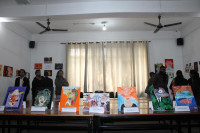
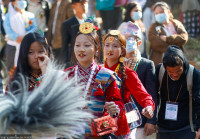

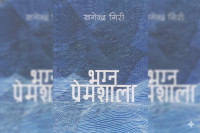


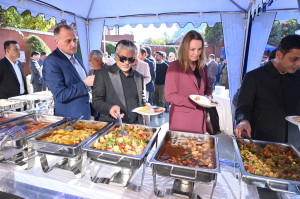




%20(1).jpg&w=300&height=200)

